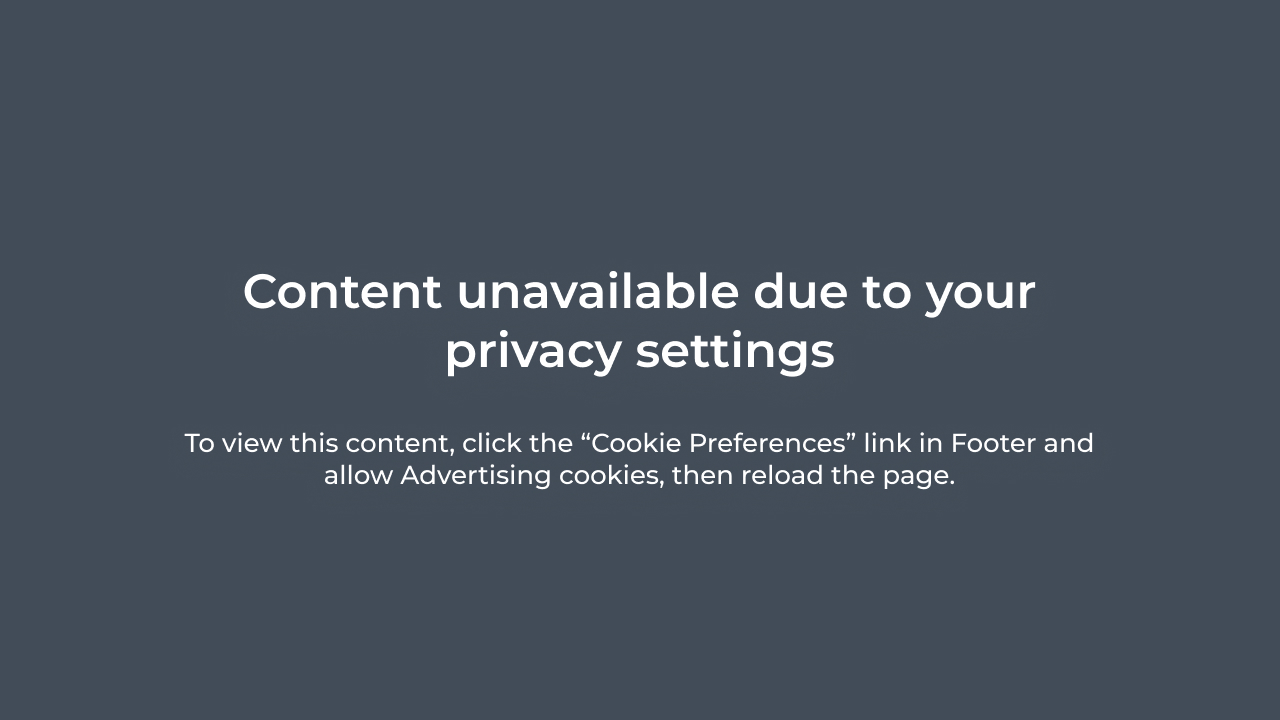What are the requirements for a restaurant’s grand opening? What do you need to sort out before you can welcome customers to the restaurant? We created an in-depth list looking at legal requirements, space requirements, service requirements, and more.
50+ Requirements for a Restaurant Opening
Here is a list of things to do before opening a restaurant that will help you ensure your grand opening, and first few months will be a success:
Legal requirements for restaurants
Making sure your restaurant can operate legally is the most important thing you need to do as a restaurant owner. This includes a variety of restaurant licenses and permits that can vary depending on where your business is located.
However, in the United States, these are the minimum legal requirements for your restaurant to operate:
- Business license
- Food service license
- Food handlers permit
- Liquor license (if applicable)
- Employer identification number
- Certificate of occupancy for the building
- Sign permit
- Valet parking permit (if applicable)
- Live entertainment licenses (if applicable)
- Sales tax license
- Restaurant insurance
Space requirements for a restaurant
The space required for you to conduct your business depends on the type of restaurant you own, as well as its size.
Knowing the requirements for restaurant design can help you maximize the space you have with an ideal floor plan. But this isn’t the only type of space you need.
Let’s take a small table service restaurant (under 75 seats) as an example since they are the most common. Here are the basic space requirements for the entire restaurant:
- Storage area space requirement: 120 to 150 square feet
- Dining and service area space requirement: about 100 square feet
- Kitchen and food preparation space requirement: about 60 square feet
- Docking area space requirement: 60-80 square feet
A medium-sized restaurant (between 75 and 150) seats will need between 180 and 240 square feet of storage area space, about 140 square feet for the dining and service area, and so on.
The larger your restaurant is, the more space you’re going to need for these four main areas of operation.
Requirements for a restaurant kitchen
A commercial kitchen has very different requirements from a home kitchen since you are prepping and serving food to customers. Here are the minimum requirements for a restaurant business’ commercial kitchen:
- All cooking surfaces must be easy to clean and disinfect and made of a non-porous material.
- Gas hookups must be up to code.
- Chemicals must be stored away from the food.
- Fridges and freezers must operate at the proper temperature.
- You need a clean water supply.
- You need three sinks, one for food washing, one for hand washing, and one for cleaning.
- Employee bathrooms must be clean and properly equipped.
- You need basic cooking equipment such as ovens, ranges, grills, deep fryers, toasters, etc.
- You need basic small wares like spoons, forks, knives, pots, pans, cutting boards, and so on.
- Food containers must be properly stored and labeled with the preparation and best-by date.
- To keep the space clean, you need cleaning products as well as vacuums, mops, brooms, dustpans, trash cans, recycling bins, etc.
Restaurant service standards and requirements
For your restaurant to run like a well-oiled machine and for customers to be satisfied with their dining experience, you need to abide by the following service standards and steps of service:
- Greet customers with a smile.
- Present the menus.
- Take their drink orders.
- Inform them of daily specials or promotions.
- Help them decide on their order and provide assistance if needed.
- Answer any questions they might have about the menu.
- Double-check that you wrote down the correct orders.
- Check in now and then.
- Clear the table promptly.
- Offer coffee and dessert.
- Present the check.
- Thank guests for dining with you.
A good quality in a server is to be able to adapt quickly to new situations. You might not always be able to go through these exact steps of service to the letter.
However, you can do what feels right in the moment to ensure the customer has a positive experience. If you feel confident that they did, you can also add an extra step like kindly asking them if they would be willing to leave the restaurant a review online.
Requirements for a restaurant manager
Your team can’t work well together if the manager isn’t doing their job properly. It is their duty to set the tone for a productive, open-minded work environment where people feel comfortable and secure in their jobs and don’t hesitate to come to the manager with questions or concerns.
Here are a few basic requirements for any restaurant manager:
- Great interpersonal skills
- Excellent communication skills
- Financial management skills
- Customer service skills
- Leadership skills
- Hands-on experience in the restaurant industry
- Employee retention skills
- Open-mindedness
- A mind built for innovation
- The ability to listen and learn from their mistakes
- Multitasking
- Knowing how to delegate and celebrate the employees’ accomplishments
- Scheduling skills
To make your job as a manager easier, consider using PM software with project tracking to streamline back-of-house operations and improve task management.
Read more: 16 Restaurant Management Tips for Happy Employees & a Successful Business
Restaurant website requirements
As a restaurant existing in the digital world, it’s not enough to provide flawless service in the restaurant. You need to make sure customers find you online, and that their virtual experience is as good as the one in person.
How can you do that? Ensuring your restaurant website has the following features:
- A good domain name that contains your restaurant name and isn’t too long or complicated.
- A secure sockets layer (SSL) certificate, as well as dark web monitoring, protects both you and the customer from hackers.
- Short loading time so customers don’t get bored waiting for your photos or menu to load.
- Search engine optimization to help you rank higher in Google.
- Responsiveness so it loads perfectly on any device, including smartphones and tablets.
- A highly visible Order button at the top of the homepage.
- Mouth-watering photos of your dishes to motivate customers to order.
- Your address and directions to the restaurant.
- Links to your social media profiles.
No need to look any further than the sales and SEO-optimized website generator from GloriaFood. You can enjoy all the features listed above in minutes without any prior tech know-how or spending a fortune on expensive developers.
Follow this step-by-step tutorial to generate a restaurant website designed to meet all your customers’ requirements:

Closing Thoughts
There are many requirements for a restaurant planning to open its doors to the public, and that can seem overwhelming at first. However, the list above can help you ensure nothing slips through the cracks and you are ready to welcome customers to your eatery.
